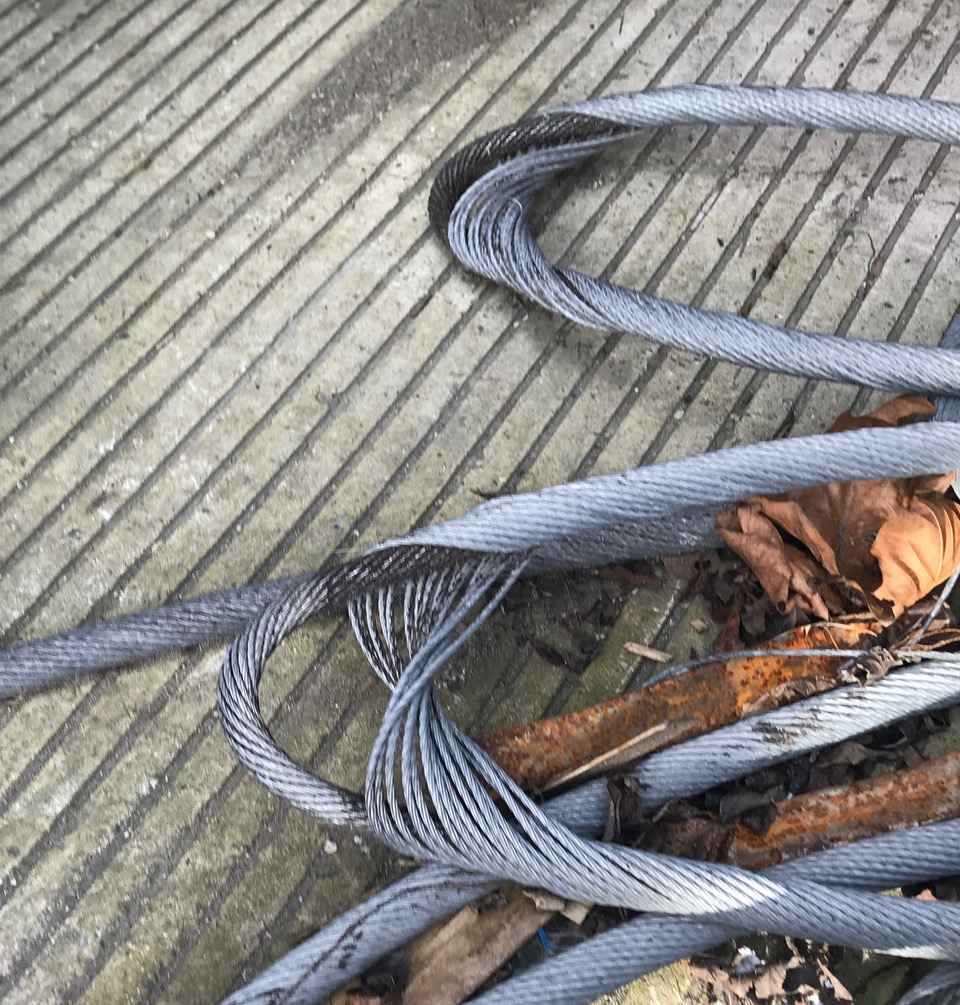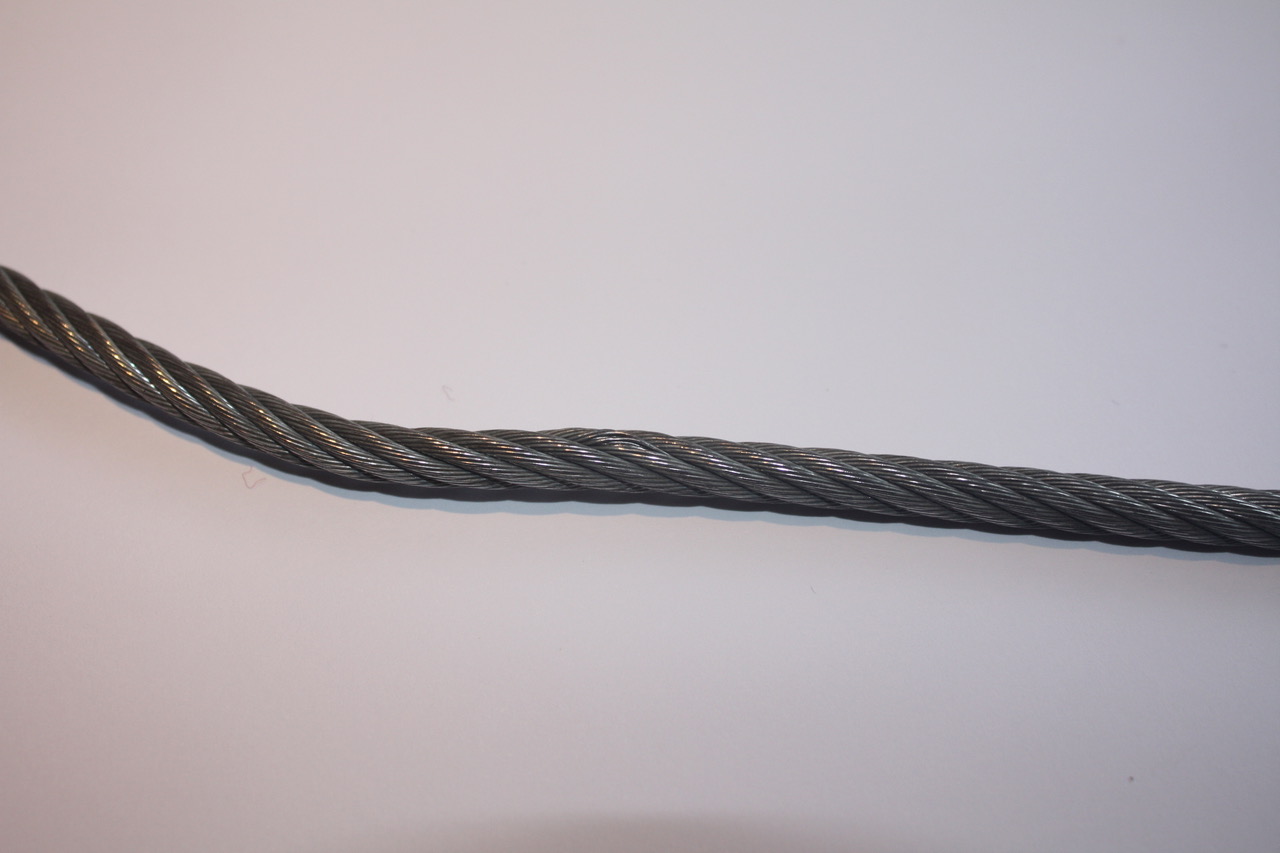Introduction
This article will deal with kinks and bends in wire rope, likely causes, tips on how to identify them, and advice on whether to discard or not.
The Causes
A kink or bend can occur in wire rope at any point in their lifetime from supply to operation. Mechanical damage is usually the culprit in their formation.
A few possible causes/times of kinking/bending are:
- During storage/handling.
- During installation - formation of a kink or bend
- In service - rope jumping out of the sheave.
- Incorrectly profiled sheave grooves.
- Poor/uncontrolled spooling at the drum.
Care taken in handling and during the operation of the crane will eliminate the majority of occurrences.
Assessment and Discard
ISO 4309:2017 suggests that we apply a severity rating of either 20% or 100%, where 100% means discard. Unlike a wire rope sling (where we discard the rope based on the severity of the kink or bend), in crane rope, we need to take into account the following factors:
- Type
- Location
- Severity
Kinks (like the ones shown below in figure 1) are usually catastrophic and are a "no-brainer" in terms of discard regardless of the location.

Figure 1 - Severe kink in wire rope.
Bends are a little bit more varied and will depend on whether it is in the working part of the rope running over a sheave or on and off the drum or in the standing part.
- If the bend is permanent but is in the standing part of the rope, a more severe one is acceptable. If no wires or strands are displaced, then deterioration is unlikely. Provided we are sure the bend will not unevenly load parts of the rope, discard is unnecessary as safety will not be compromised. (See figure 2 below)
- The same bend (See figure 2) located within the working part of the rope is likely to deteriorate. Therefore, immediate discard should be considered.
- If the bend disappears under load, it is unlikely to deteriorate in operation. However, regular monitoring is required to ensure this is the case.
- A bend with displaced wires and strands as in figure 3 should be discarded as the damage will deteriorate quite quickly as it runs through sheaves and on and off the drum. If it is the standing part of the rope then it should be OK.
- A bend as in Figure 3a would need to be discarded as it will deteriorate quite rapidly leading to damage and broken wires if it is in the working part of the rope. If it is in the standing part it will almost certainly need discarding as the rope will likely be unevenly loaded.

Figure 2 - Slight bend in wire rope.

Figure 3 - Bend with displaced wires and strands.

Figure 3a - Severe bend in wire rope.
Conclusion
As with any problem found in a wire rope the decision to discard will be based on the duty of the crane, the knowledge and experience of the inspector and the general condition of the rest of the rope.
Thanks for reading! If you enjoyed the article, give our LinkedIn page a follow to keep up with our updates by clicking the button below.
Again, thanks for reading,
The Rope IQ team.
Want to find out how our software can help your business?
Request a quick 30 minute demo to find out.
Request a Demo